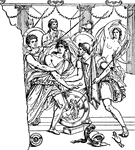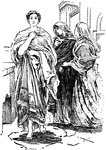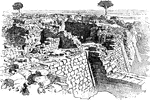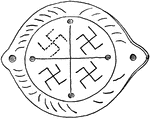Search for "troy"

Paris
Ancient Greek Mythology. Paris begins the Trojan War by kidnapping Helen of Troy, the most beautiful…
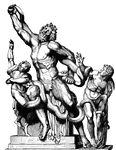
Laocoon
Trojan priest who warned the Trojans about the Greek horse. He and his two sons were killed by serpents.
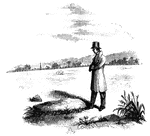
Queen Esther's Rock
Queen Esther's Rock. This view is near the ancient river bank, looking westward. The rock is a sort…
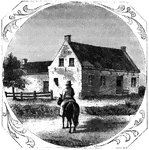
Vankleek House
The Vankleek House. It was built by Myndert Vankleek, one of the first settlers in Dutchess county,…

Bust of Homer
"Of the Homeric poems the Iliad and the Odyssey were the most distinguished and have alone come down…
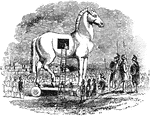
Trojan horse
"According to the poets, it was by stratagem that this famous city was at last overcome. They tell us…

Edward Lear
A scene from the nursery rhyme, The Nonsense of Edward Lear. There was a young lady of Troy,…
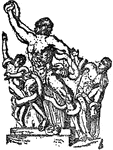
Laocoon
"In Greek legend, a priest of Apollo and Neptune, located in the city of Troy during the Trojan War.…
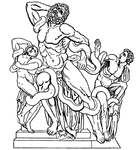
Laocoon
The son of Acoetes and allegedly a priest of Poseidon at Troy. He is famous for warning the Trojans…
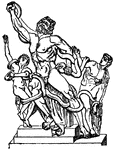
Laocoon
The son of Acoetes and allegedly a priest of Poseidon at Troy. He is famous for warning the Trojans…
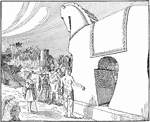
Trojan Horse
The Trojan Horse given to the Trojans from the Greeks as a gift but was actually war strategy, the horse…
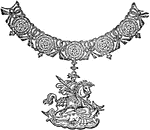
Order of the Garter's Collar and George
An illustration of the Order of the Garder's collar and George. The collar is an accessory worn around…

Troy Weight
Troy weight is a system of units of mass customarily used for precious metals, black powder, and gemstones.
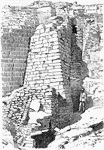
Excavations at Troy
"The great northeast tower of the sixth city. The stairs to the right date from the eighth city."—Webster,…







